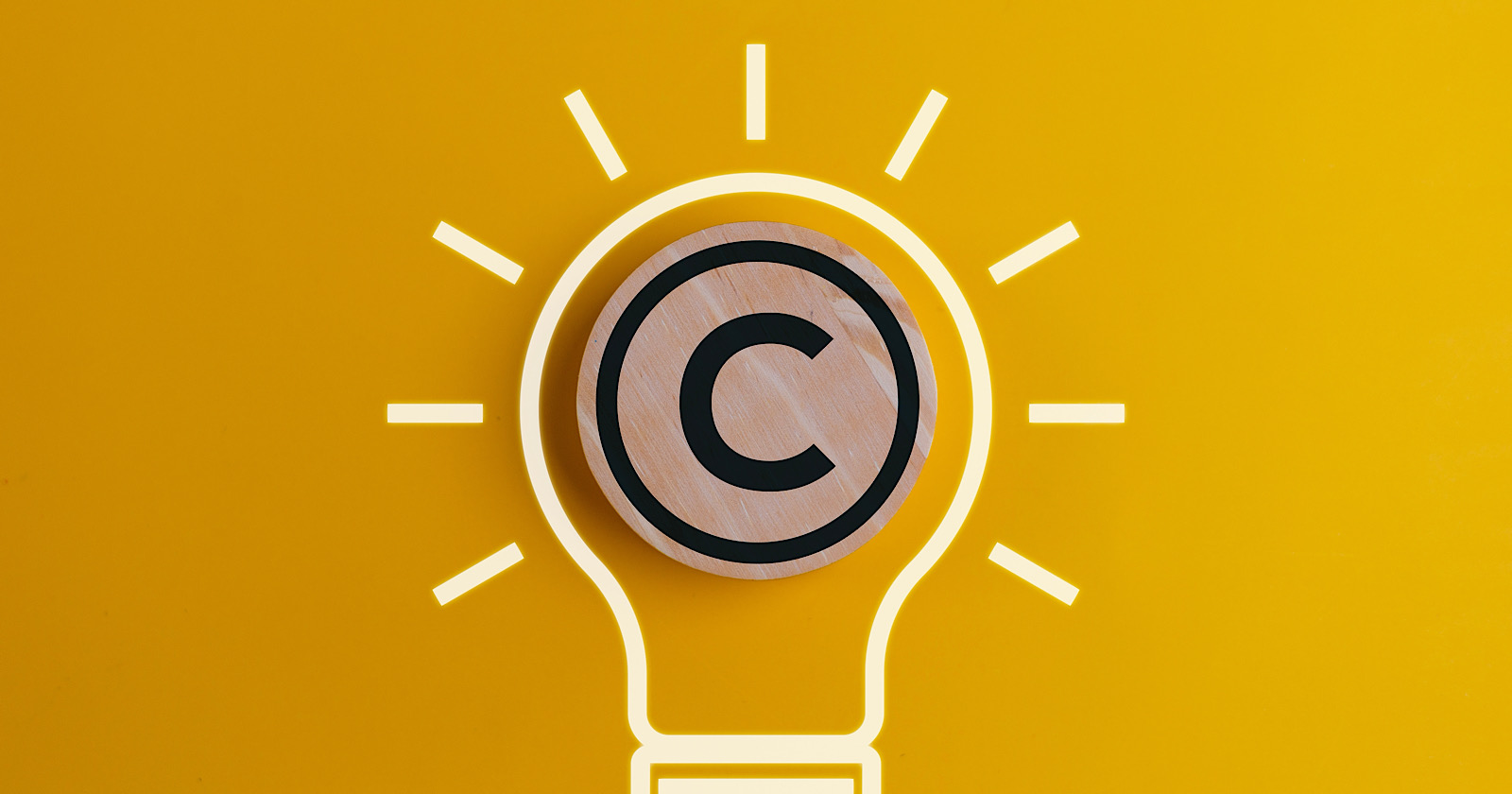
Can AI-Generated Content Be Copyrighted? Here’s What U.S. Law Says via @sejournal, @MattGSouthern
AI Copyright Laws: What the Latest US Guidance Means for Your Intellectual Property
In an era where artificial intelligence is reshaping creative workflows, the U.S. Copyright Office has finally provided clarity on a question that's been keeping content creators awake at night: Can AI-generated content be protected by copyright? The answer isn't just important for artists and writers – it has far-reaching implications for any business looking to protect its intellectual property in our increasingly AI-powered world.
The recent guidance from the Copyright Office draws a clear line in the digital sand: human creativity remains essential for copyright protection. While AI can be a powerful tool in the creative process, simply generating content through prompts isn't enough to claim copyright protection. This revelation comes at a crucial time when businesses are increasingly integrating AI into their content creation workflows while trying to maintain proper intellectual property protection.
What's particularly interesting about this development is how it aligns with existing intellectual property protection frameworks. The Copyright Office's stance that current laws can adequately handle AI-related challenges mirrors a fundamental truth in the IP world: it's not the tools that matter, but the human creative input that shapes them. This parallels the way blockchain technology has emerged as a powerful tool for protecting intellectual property – it's not about replacing existing systems, but enhancing them with better verification and proof mechanisms.
The practical implications of this guidance are significant. Businesses using AI tools must now carefully document the human creative input that goes into their work. This creates a new challenge: how do you prove the extent of human involvement in a piece of content? This is where blockchain technology becomes invaluable, offering an immutable record of creative development processes and human contributions.
Consider this scenario: a marketing team uses AI to generate initial drafts of content, which their writers then substantially modify and enhance. How do they prove their creative input? Traditional documentation methods are vulnerable to tampering and can be challenging to verify. Blockchain-based certification provides a solution by creating time-stamped, immutable records of each stage of the creative process, clearly demonstrating human contribution and establishing copyright eligibility.
The Copyright Office's approach to AI-generated content also highlights a broader trend in intellectual property protection: the need for clear, verifiable proof of creation and modification. As creative processes become more complex and tool-assisted, the ability to demonstrate authentic human input becomes increasingly valuable. This is especially crucial for businesses that need to protect their intellectual property assets while leveraging new technologies.
For creators and businesses navigating these waters, the path forward requires a thoughtful approach to documentation and verification. Implementing robust systems to track and certify human creative input isn't just about legal compliance – it's about protecting valuable intellectual property assets in an increasingly complex digital landscape.
Looking ahead, this guidance signals a future where the intersection of human creativity and artificial intelligence will require increasingly sophisticated protection mechanisms. As businesses adapt to these requirements, blockchain-based certification systems will play a crucial role in providing the verifiable proof needed to establish and protect intellectual property rights.
The message is clear: while AI can be a powerful tool in content creation, protecting your intellectual property requires demonstrable human creativity and reliable verification systems. To learn more about how you can secure your creative works in this evolving landscape, visit certvera.com/learn-more for insights into blockchain-based intellectual property protection.